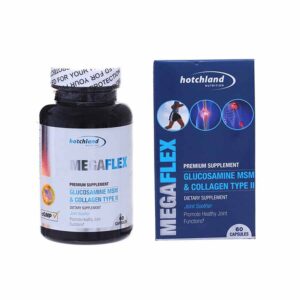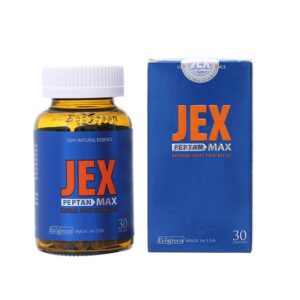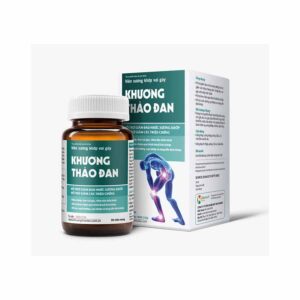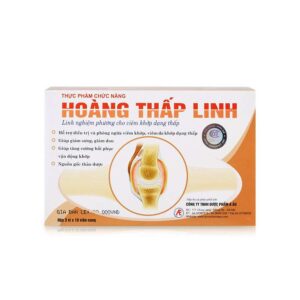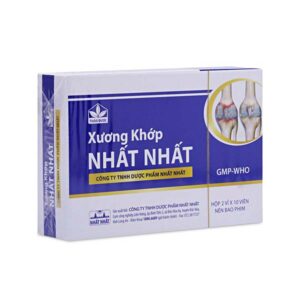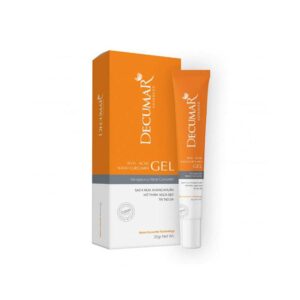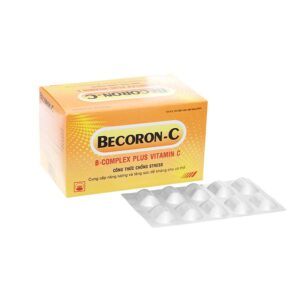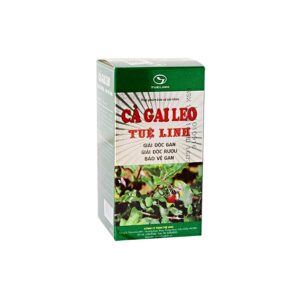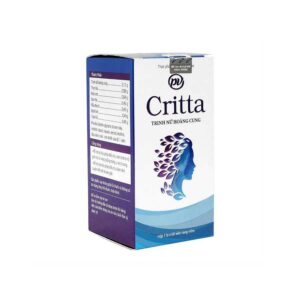Osteoarthritis is a common disease all over the world. Scientists and doctors are trying to defeat this disease! But until now, the data on the effectiveness of certain drugs remain controversial. In this article we will talk about chondroitin and its effect on the course of joint disease.
When you start reading this article, you need to understand that it is metadata. It contains the results of 43 studies, albeit contradictory. Most of them are analyses of knee arthritis. It’s also worth noting that some of the studies were funded by the chondroitin manufacturers.
What is chondroitin?
Chondroitin is a glycosaminoglycan, or simply put, an amino sugar. In the body, the compound can be found in the form of chondroitin sulfate. Like glucosamine, chondroitin sulfate is the building block of cartilage and is part of the synovial fluid. It can also help prevent the destruction of cartilage in osteoarthritis, that is, it is a chondroprotector.
When cartilage is erased in a joint, bone grows in its place to repair the damage. But bone growth is a very painful process and often affects physical function or the ability to move. This is the mechanism by which osteoarthritis occurs. The sulfur-containing amino acids in chodroitin sulfate are the building blocks for cartilage. So this compound not only rebuilds, but also stops the destruction of cartilage.
Briefly about osteoarthritis
Osteoarthritis is one of the most common causes of disability in the United States. Patalogically, it is characterized by degeneration of articular cartilage, bone formation around the edges of the joints, and capsular fibrosis. Clinically, osteoarthritis is manifested by joint pain, stiffness, deformity and inability to move.
The manifestation of arthritis depends on age: 1% chance of disease in people under 30, up to 10% under 40, and over 50% in those 60 and older. Autopsy studies show cartilage changes in almost all people over the age of 65. Osteoarthritis is equally common in men and women between the ages of 45 and 55, but is more common in women after age 55.
Risk factors for osteoarthritis:
- Obesity;
- Joint dysplasia;
- Injuries;
- Occupational activities;
- Genetic predisposition.
Treatment of osteoarthritis is essentially aimed at relieving joint pain.
Following therapy options are available to patients:
- Use of analgesics (acetaminophen, aspirin), nonsteroidal anti-inflammatory drugs, and opioids.
- Topical use of NSAIDs and capsaicin in the form of ointments and creams.
- Injections of corticosteroids and hyaluronic acid.
- Physical therapy, aerobic therapy, strengthening exercises.
- Surgical joint replacement and arthroscopic treatment of the affected joint.
Over the past few years, chondroitin and glucosamine supplements have become new treatment options for osteoarthritis.
Biological role of chondroitin sulfate

Chondroitin sulfate is an important component of human biological functioning:
- Involved in calcium deposition in bones;
- Analgesic and anti-inflammatory effects;
- Simulates the synthesis of hyaluronic acid;
- Strengthens cartilage, tendons and ligaments;
- Chondroprotector (promotes regeneration of cartilage tissue);
- Retains water in cartilage, providing cushioning;
- Inhibits enzymes that can destroy connective tissue.
Chondroitin sulfate levels decrease during heavy physical exertion, as well as in old age. Therefore, it is necessary to replenish its reserves for normal well-being and health maintenance.
Does chondroitin sulfate work?
In 2002, there was a study of chondroitin sulfate. In it, patients took 800 mg of the drug in combination with naproxen. As a result, there was a reduction in the number of erosive joints. Improvement was also observed on the WOMAC and SF-36 scales when participants in the experiment received chondroitin sulfate in combination with glucosamine. For reference, the WOMAC scale is a 24-question scale that assesses the symptoms of osteoarthritis. The SF-36 is a 36-question questionnaire that is answered by the participants in the experiment. It assesses patients’ quality of life.
Later, in 2008, the effectiveness of taking 1200 mg of chondroitin sulfate plus 1500 mg of glucosamine daily for nine months (“continuous therapy”) was studied. The study showed that participants in all groups experienced improvements in physical functioning tests, as well as in WOMAC scores and quality of life.
One long-term study evaluated the 4-year outcomes of total knee arthroplasty. Two groups of patients received chondroitin and placebo once daily for the first 6 months (double-blind phase) and then 6 months of treatment with 800 mg of chondroitin sulfate once daily for both groups (open phase). In the group of those taking chondroitin, 4 of 35 underwent total knee replacement after 4 years of treatment.
With regard to pain, a pooled analysis of sensitivity data showed that participants who received chondroitin alone or in combination with another supplement (including glucosamine) scored “significantly better” on the pain scale in most cases than participants who received placebo or a control group. It has also been seen to slow joint gap narrowing when taken for 2 years or more.
In the U.S., the FDA focused its recent review on the effectiveness of chondroitin in reducing the risk of osteoarthritis. As a result, no correlation was found. Unfortunately, a safety evaluation of this substance has not been conducted.
Sources of Chondroitin
Chondroitin sulfate is found in human cartilage, bone, cornea, skin, and arterial wall. In dietary supplements, the main sources of chondroitin are bovine trachea, pork by-products, cartilage of salmonid fish and sharks, and whale blowhole (blowhole).
Many of the above foods have long since left the normal diet of modern man, it is essential to replenish chondroitin sulfate. It must be supplied to the body in a ready-made form or as a precursor to synthesis.
Dosage
Chondroitin is usually taken in a dose of 400 to 800 mg two or three times a day. The exact dosage depends on the weight, age and condition of the patient. Contraindications to use may include thrombophlebitis or syndromes associated with blood clotting disorders. As for adverse reactions, its use can often be manifested by allergies. Since, its safety has not yet been proven, it is worth being cautious. Although in general, the compound is considered harmless.
On behalf of the SAYYES editorial board, I would like to warn buyers against indiscriminate advertising of chondroitin sulfate as a panacea for arthritis. Dr. Stephen Barrett also warns that manufacturers often embellish the effectiveness of the drug and compares it to a placebo.
Deficit
As already mentioned, osteoarthritis is associated with cartilage breakdown, and thus chondroitin sulfate degradation. It also depends directly on the level of glucosamine: if one is deficient, there is a deficiency of the other compound in the synovial fluid. This leads to crunching in the joints, as well as worsening friction between the joints.
Conclusion
Chondroitin sulfate is a rather controversial compound. Its biological role is really invaluable. It is supposedly capable of curing osteoporosis. There is experimental evidence that 53% of people taking chondroitin have improved well-being and reduced knee pain by more than 20%. But, don’t blindly trust the manufacturers’ advertising campaigns. After all, chondroitin sulfate is not a panacea for arthritis.
Read more articles:
Effects of Glucosamine and Shark Cartilage in the treatment of osteoarthritis
Vietnamese supplements helpful for arthritis treatment
The best natural sources of calcium



